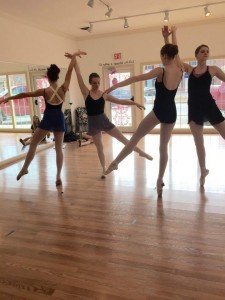Can ballet make you a better leader? In this recent post by Shellie Karabell on Forbes.com, she lists seven attributes why she thinks that the skills you learn in ballet translate to leadership.
Karabell explains how King Louis XIV was a ballet enthusiast and used the traits he learned in mastering ballet while ruling France:
It was Louis who turned ballet into a profession, creating what is today the academy of music and dance–the Paris Opera and its ballet company–in 1666 so that dance training was available for non-aristocrats, and a new class of worker was created. Legend has it Louis took this route when he became too fat actually to dance himself, but wanted to be able to watch talented people perform, and apparently his court was a bit short on dancing talent. As a consequence, all ballet terms are in French no matter where in the world you might be at the barre.
Karabell also notes football players have turned to ballet to not only learn leadership but also be more graceful on the football field.
Karabell then shifts her focus on history to deductions on why she believes ballet is helpful. Here are the list of attributes that the Forbes article lists as reasons why ballet dancing can make you a better leader:
1. You learn to focus. All those pirouettes don’t just happen. Dancers “spot” in order to turn. You choose a “spot” in the room or on the stage and keep your eyes on it, whipping your head around at the last minute to find the spot again. This is another version of “keep your eye on the goal,” but pirouettes bring with them an opposing allegory: if you don’t “spot,” you will become dizzy and fall down.
2. You learn to do several different things simultaneously. In ballet, your feet will be doing one thing while your arms are doing something else. Like patting your head and rubbing your stomach. Or like multi-tasking. But in ballet you learn to make things look effortless and graceful.
3. You learn that repetition and rehearsal lead to mastery. In other words, hard work and drilling may sound old-fashioned but they are time-proven effective way to learn a skill. Practice makes perfect. There are no short cuts.
4. You meet and spend a lot of time with people from all walks of life. In her years at the barre, Karabell had met finance professors, international shipping executives, TV producers, elementary school teachers, oil industry executives…Cubans, Russians, Americans, French, Germans, British men, women. In adult classes she f0und a demographic spectrum – from teenagers to septuagenarians – all trying their best, undaunted, with varying levels of success. It’s diversity training at its best.
5. You learn to “present” yourself. Not in an overly dramatic ostentatious way. Basically, the posture and alignment a dancer gets at the barre will make her a more commanding figure. Good posture goes a long way in helping you put your best foot forward (literally!), and it’s good for your health.
6. You finish things. Not knowing the routine, losing your tiara, missing a beat in the music is no excuse to stop in the middle of your routine. You ad lib the steps, ignore the fallen tiara, vamp until you re-locate the beat and you keep going. Then you “end” in a pose rather than just “stop.”
7. When you’ve finished your piece, you know to get out of the way. Fast. Because if you don’t, the students behind you who are still dancing will mow you down – unintentionally, but people could get hurt nonetheless. There is a lot to be said for knowing when it is time to leave.
What do you think of the seven traits listed? Do you agree that they help you make a better leader? How has ballet helped you in other aspects of your life?
At Catherine’s Dance Studio, we serve the entire dancer. There are many benefits to taking a ballet class and leadership development is right up there with the best of them!


